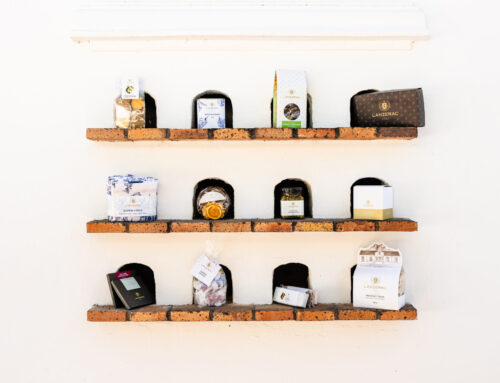“If any grape would be at home in the pose of the femme fatale – smoke curling from its lip, long, irresistible legs crossed as another winemaker is sent to his doom – it would be Pinot Noir.” – Eric Asimov
Heartbreak and winemaking have one thing in common; Pinot Noir. André Tchelistcheff, the Russian-American winemaker, famously remarked that “God made Cabernet Sauvignon whereas the devil made Pinot Noir”. Fortunately, this heartbreak varietal rewards those who persevere and overcome its quirks with a wine that tastes like falling in love.
Originating from Burgundy, Pinot Noir is an ancient grape that once grew wild as far north as Belgium and is estimated to be a millennium older than Cabernet Sauvignon. Cistercian and Cluniac monks in Burgundy, who owned most of the vineyards in the area, noticed significant differences in wine quality from different plots. Their observations laid the foundation for the concept of “terroir,” which remains crucial in understanding oenology today. They valued Pinot Noir’s nuances and its ability to express subtle differences between vineyard plots.
As Pinot Noir spread globally and viticulture advanced, its challenging nature became evident.
Having very tightly packed, pinecone-shaped bunches of fruit (incidentally where the named is derived from), as well as an incredibly thin skin, the grape was notoriously prone to a variety of viticultural hazards. This also makes the grape more susceptible to wind and frost damage, not to mention the phylloxera outbreak that nearly destroyed it!
However, those who persist are richly rewarded. Pinot Noir produces some of the world’s most expensive and celebrated wines. Its garnet-red colour and lighter body conceal an abundance of perfumed aromas and flavours, offering a surprisingly complex and layered palate.
Joel L. Fleishman of Vanity Fair describes it best: “the most romantic of wines, with so voluptuous a perfume, so sweet an edge, and so powerful a punch that, like falling in love, they make the blood run hot and the soul wax embarrassingly poetic“.

















